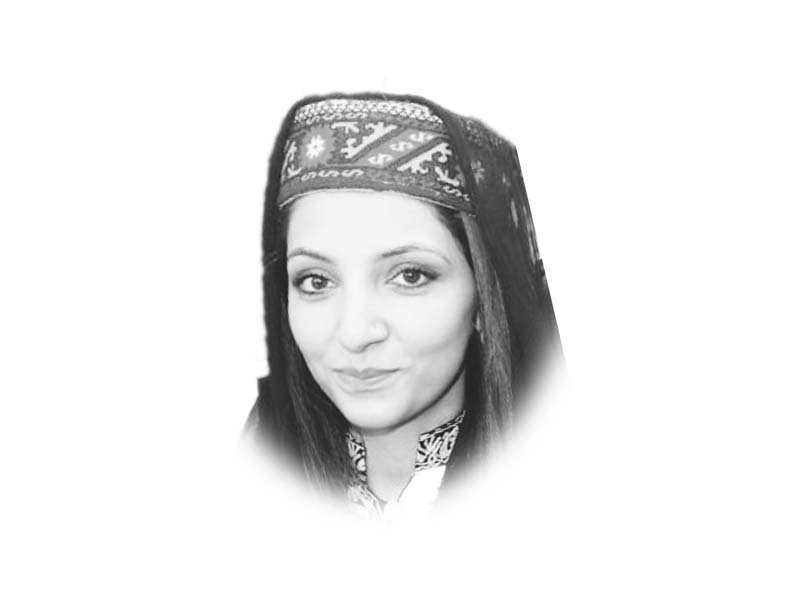
An indispensable element of smart cities in the 21st century is the idea of public spaces for the populace. While sports and recreational activities are no direct panacea for the eradication of poverty, hunger, child mortality or disease, the UN recognises these spaces as powerful tools to advance peace and human development. It is evident that there has been little advancement in this area in Pakistan where public spaces exist, but mostly for men. For women, this is still a far-fetched idea. Providing women with such spaces, opportunities and programmes can effectively empower them to take on a more proactive role in the community. Many women feel empowered by participating inactivities outside their homes, establishing networks, participating in public life and taking matters into their own hands.
There are various case studies from around the world, which show that more public spaces, especially for women, positively impact the socioeconomic development of a populace. In developing economies, breakthroughs in skill acquisition, learning and leadership happen most easily in women-only settings. Grameen Bank has a great record of achievement with small business enterprises,whereby it has trained women of low-income backgrounds for an all-female work environment. The success of this venture even made it a target for government seizure. There is also the example of Barefoot College in Tilonia, India, founded by Bunker Roy in 1972, and which was the subject of a recent documentary by Jehane Noujaim, Rafea: Solar Mama. This programme aims to turn desperately impoverished, illiterate women into solar engineers within a six-month training period. The film shows how support and freedom from unhelpful male intervention liberated these women's capabilities and confidence.
The areas of urban planning that have a direct impact on women are housing design, parks, pavements, transport and safety. Many of the problems of urban planning simply reflect women's inequality. For example, a majority of women in Pakistan do not have access to a car during the day, but many urban schemes are designed around car drivers and commuters. Considering our patriarchal society, public transport also favours the male commuter. This not only impacts women’s mobility but also any career prospects they may have.
Since I belong to a region which is known worldwide for its landscape and cultural heritage, it is important to contextualise the debate. Women in Gilgit-Baltistan are actively contributing to the socioeconomic development of their region. They are now daring to step into professions considered daunting even by men. From mountaineering to skiing and from being business leaders to entrepreneurs, women are competing with men in all walks of life. A peek into history shows the active role women have played in the past. The first canal system introduced in the region was by a woman ruler, Dadi Jawari. The women of Gilgit-Baltistan have the potential and capability to come up with revolutionary ideas. Young girls of the region have not shied away from proving their mettle in academics and sports. Yet there is not a single gymnasium for girls in the area. Given that tourism plays such an important role in the region’s economy, there is no centre where they can acquire professional training to become tourist guides. Like all regions of South Asia, women here work from dawn to dusk in their respective walks of life. They are great managers because they look after their jobs, families and farms, working shoulder to shoulder with men. It is socially expected of them to cater to all these areas. Such responsibilities can be performed at an optimum level if the happiness and leisure of these hard-working ladies are catered to. But there are not a lot of avenues for entertainment as there are few public spaces where their entry is deemed socially acceptable.
It is disturbing that women simply accept the physical and geographical limitations placed on them in everyday life to the point of getting used to the uncomfortable. According to Eeva Berglund, a social anthropologist, “One of the major issues is the way that women restrict their lives. You choose where you go and where you don't go and you come to find that acceptable.”
Initiatives at the community level can prove to be stepping stones in this direction. Recreational centres for females should aim to provide unique opportunities for capacity-building. As a result, a chain reaction of fruitful outcomes will ensue. Women participating in such recreational activities will start to reach out via different campaigns and share their positive experience with their friends, families and neighbours. In addition, these forums will also teach women, who are otherwise afraid to talk in public, to speak out for their rights and stand up for themselves.
Published in The Express Tribune, January 13th, 2016.
Like Opinion & Editorial on Facebook, follow @ETOpEd on Twitter to receive all updates on all our daily pieces.











1732012115-0/Untitled-design-(14)1732012115-0-270x192.webp)







COMMENTS (6)
Comments are moderated and generally will be posted if they are on-topic and not abusive.
For more information, please see our Comments FAQ